Home>Gardening & Outdoor>Landscaping Ideas>What Type Of Grass Is On A Putting Green
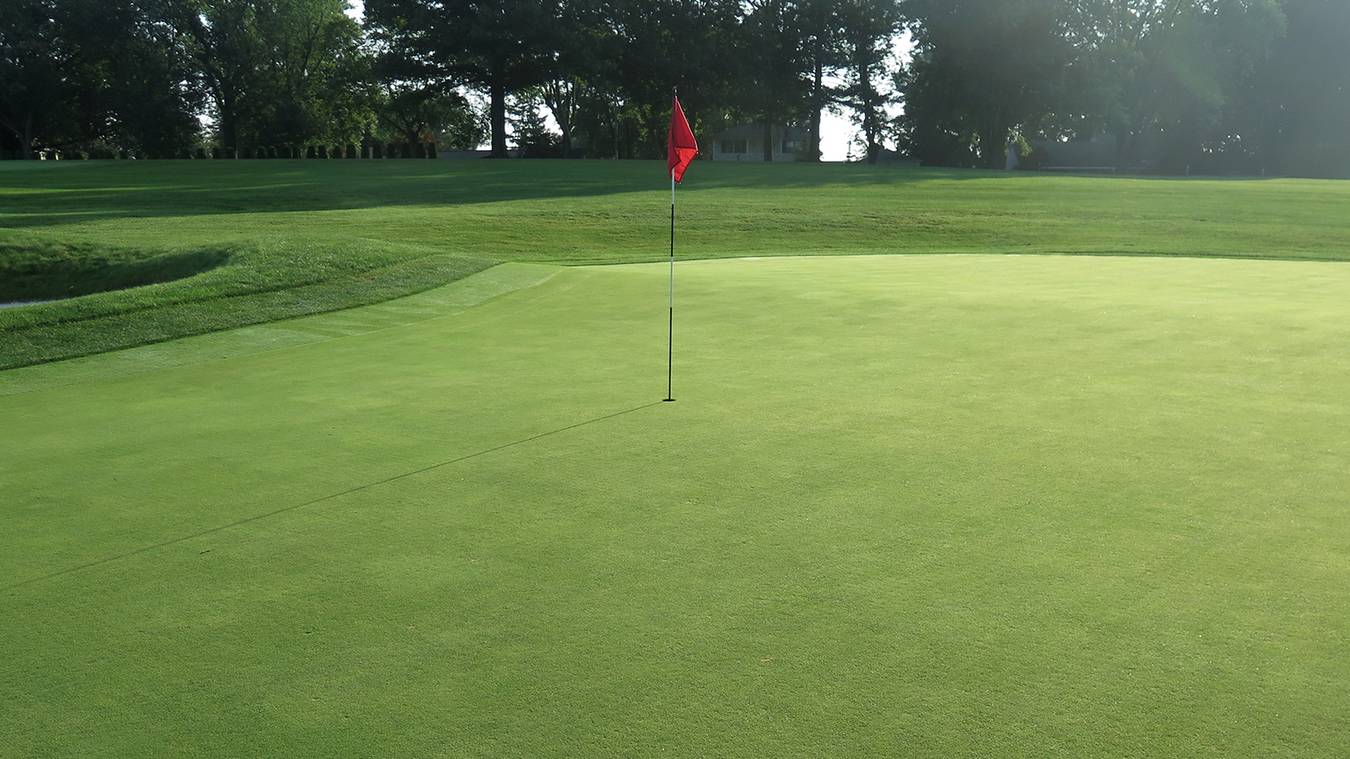

Landscaping Ideas
What Type Of Grass Is On A Putting Green
Published: January 28, 2024
Discover the best landscaping ideas for putting greens with the right type of grass. Learn how to create a perfect putting green in your backyard.
(Many of the links in this article redirect to a specific reviewed product. Your purchase of these products through affiliate links helps to generate commission for Storables.com, at no extra cost. Learn more)
Introduction
Welcome to the lush world of putting greens, where the type of grass used can significantly impact the game. The choice of grass for putting greens is a critical decision that can influence the speed, roll, and overall playability of the surface. Golf course superintendents and landscape professionals carefully select the type of grass based on various factors such as climate, maintenance requirements, and desired playing characteristics.
Understanding the different types of grass used on putting greens is essential for both golf enthusiasts and landscaping aficionados. Each type of grass offers unique attributes that affect the performance and aesthetics of the putting surface. In this comprehensive guide, we will explore the various grass species commonly found on putting greens, delving into their distinct features and the considerations that go into selecting the most suitable option for a flawless putting experience.
Key Takeaways:
- Choose the right grass for a putting green based on climate and maintenance needs. Bentgrass for cooler regions, Bermuda grass for warm climates, Zoysia grass for versatility, and fescue grass for cooler areas.
- Each grass type offers unique qualities for putting greens, such as smoothness, resilience, adaptability, and cool-climate suitability. Golf course managers can create exceptional putting greens by considering these grass attributes and maintenance requirements.
Read more: What Type Of Grass Stays Green All Year Long
Bentgrass
Bentgrass, scientifically known as Agrostis, is a popular choice for putting greens due to its fine texture, dense growth, and exceptional ball-rolling characteristics. This cool-season grass thrives in regions with moderate temperatures and is renowned for its ability to provide a smooth and consistent putting surface.
One of the key advantages of bentgrass is its tolerance for low mowing heights, allowing golf course superintendents to achieve the desired green speeds for optimal putting conditions. Its dense growth habit and fine leaf blades contribute to a velvety appearance that enhances the visual appeal of putting greens.
Bentgrass requires meticulous maintenance to uphold its impeccable playing qualities. Regular mowing, precise irrigation, and diligent disease management are essential for sustaining the health and performance of bentgrass putting greens. Additionally, proper aeration and topdressing practices are crucial for promoting healthy root development and minimizing thatch accumulation.
While bentgrass excels in cooler climates, it may struggle in warmer regions, making it imperative to consider the local climate and environmental conditions when selecting the ideal grass for a putting green. Despite its maintenance demands and climate preferences, bentgrass remains a premier choice for putting greens, favored for its unparalleled playability and aesthetic appeal.
Bermuda Grass
Bermuda grass, scientifically known as Cynodon dactylon, is a warm-season grass variety celebrated for its resilience, heat tolerance, and rapid regrowth. Widely recognized for its ability to withstand heavy foot traffic and recover quickly from damage, Bermuda grass is a popular choice for putting greens in regions with hot climates.
One of the notable characteristics of Bermuda grass is its exceptional adaptability to diverse soil types and light conditions, making it well-suited for a range of golf course environments. Its fine texture and vibrant green color contribute to the visual allure of putting greens, creating an inviting and pristine playing surface.
Given its vigorous growth habit, Bermuda grass necessitates regular maintenance to prevent thatch accumulation and promote healthy turf conditions. Routine mowing, proper irrigation, and proactive weed control are essential for preserving the quality and playability of Bermuda grass putting greens.
While Bermuda grass excels in warm climates, it may experience dormancy and discoloration during colder months, requiring additional care and maintenance to sustain its aesthetic appeal and playing characteristics. Golf course superintendents in transitional climates must consider the seasonal changes and potential overseeding practices to maintain optimal putting green conditions throughout the year.
With its robust nature and capacity to endure high-traffic areas, Bermuda grass offers a resilient and visually captivating option for putting greens, catering to the needs of golfers in regions with warm and sunny climates.
Bentgrass and Bermuda grass are the most common types of grass used on putting greens. Bentgrass is preferred in cooler climates, while Bermuda grass is better suited for warmer regions.
Zoysia Grass
Zoysia grass, belonging to the Zoysia genus, is a warm-season grass renowned for its dense growth, fine texture, and exceptional tolerance to foot traffic. With its ability to establish a lush and resilient turf, Zoysia grass has gained popularity as a versatile option for putting greens in various climates.
One of the distinctive features of Zoysia grass is its remarkable adaptability to diverse soil types and light conditions, making it well-suited for golf courses with varying environmental characteristics. Its fine leaf texture and vibrant green hue contribute to the visual appeal of putting greens, creating an inviting and pristine playing surface.
Zoysia grass requires routine maintenance to uphold its exceptional playability and aesthetic qualities. Regular mowing, precise irrigation, and proactive weed control are essential for sustaining the health and performance of Zoysia grass putting greens. Additionally, proper aeration and topdressing practices contribute to healthy root development and overall turf vigor.
While Zoysia grass thrives in warm climates, it may experience dormancy and color changes during colder months, necessitating strategic maintenance practices to preserve its visual allure and playing characteristics. Golf course superintendents in transitional climates must consider the seasonal fluctuations and potential overseeding strategies to maintain optimal putting green conditions throughout the year.
With its dense growth habit and capacity to withstand foot traffic, Zoysia grass offers a resilient and visually appealing option for putting greens, catering to the needs of golfers in regions with varying climate conditions.
Fescue Grass
Fescue grass, encompassing several species within the Festuca genus, is a cool-season grass known for its fine texture, vibrant color, and exceptional adaptability to diverse environmental conditions. This versatile grass variety has gained recognition for its ability to thrive in regions with cooler climates, making it a popular choice for putting greens in such areas.
One of the notable characteristics of fescue grass is its exceptional tolerance to shade, allowing it to flourish in areas with limited sunlight. Its fine leaf texture and distinctive blue-green color contribute to the visual appeal of putting greens, creating an inviting and picturesque playing surface.
Fescue grass requires regular maintenance to uphold its exceptional playability and aesthetic qualities. Consistent mowing, precise irrigation, and proactive disease management are essential for sustaining the health and performance of fescue grass putting greens. Additionally, strategic overseeding and topdressing practices contribute to healthy turf conditions and overall vigor.
While fescue grass excels in cooler climates, it may struggle in warmer regions, requiring careful consideration of local climate conditions when selecting the ideal grass for a putting green. Golf course superintendents must assess the environmental factors and maintenance requirements to ensure the successful establishment and maintenance of fescue grass putting greens.
With its adaptability to shade and cooler temperatures, fescue grass offers a visually captivating and resilient option for putting greens, catering to the needs of golfers in regions with moderate to cool climates.
Read more: What Astro Turf Make The Best Putting Green
Conclusion
Choosing the right type of grass for a putting green is a decision that significantly influences the playability, aesthetics, and maintenance requirements of the turf. Each grass variety, whether it be the fine texture of bentgrass, the resilience of Bermuda grass, the adaptability of Zoysia grass, or the cool-climate suitability of fescue grass, offers distinct characteristics that cater to specific environmental conditions and golfer preferences.
For golf course superintendents and landscaping professionals, understanding the unique attributes and maintenance needs of each grass type is essential for creating exceptional putting greens that meet the demands of players while enhancing the visual appeal of the course. Factors such as climate, maintenance capabilities, and desired playing characteristics play a pivotal role in the selection process, guiding the choice of the most suitable grass variety for a flawless putting experience.
Ultimately, the diverse range of grass options for putting greens empowers golf course managers to tailor the turf to the specific needs and environmental conditions of their respective courses. Whether it’s the velvety smoothness of bentgrass, the resilience of Bermuda grass, the adaptability of Zoysia grass, or the cool-climate suitability of fescue grass, each grass variety contributes to the creation of captivating and high-performing putting greens.
By considering the unique attributes and maintenance requirements of each grass type, golf course superintendents and landscaping professionals can craft putting greens that not only provide exceptional playability but also elevate the overall aesthetic appeal of the course, offering golfers an unforgettable experience on the green.
Frequently Asked Questions about What Type Of Grass Is On A Putting Green
Was this page helpful?
At Storables.com, we guarantee accurate and reliable information. Our content, validated by Expert Board Contributors, is crafted following stringent Editorial Policies. We're committed to providing you with well-researched, expert-backed insights for all your informational needs.
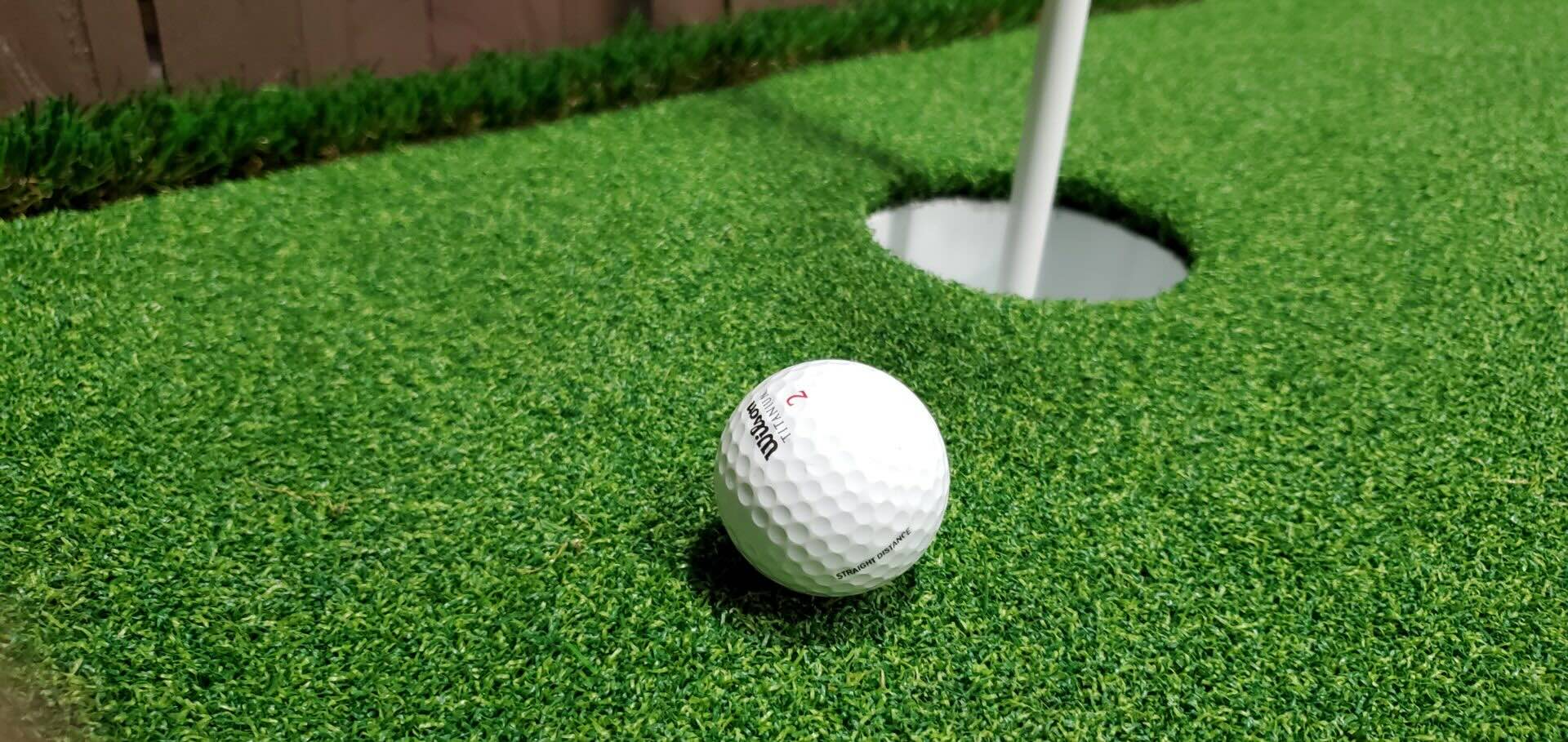
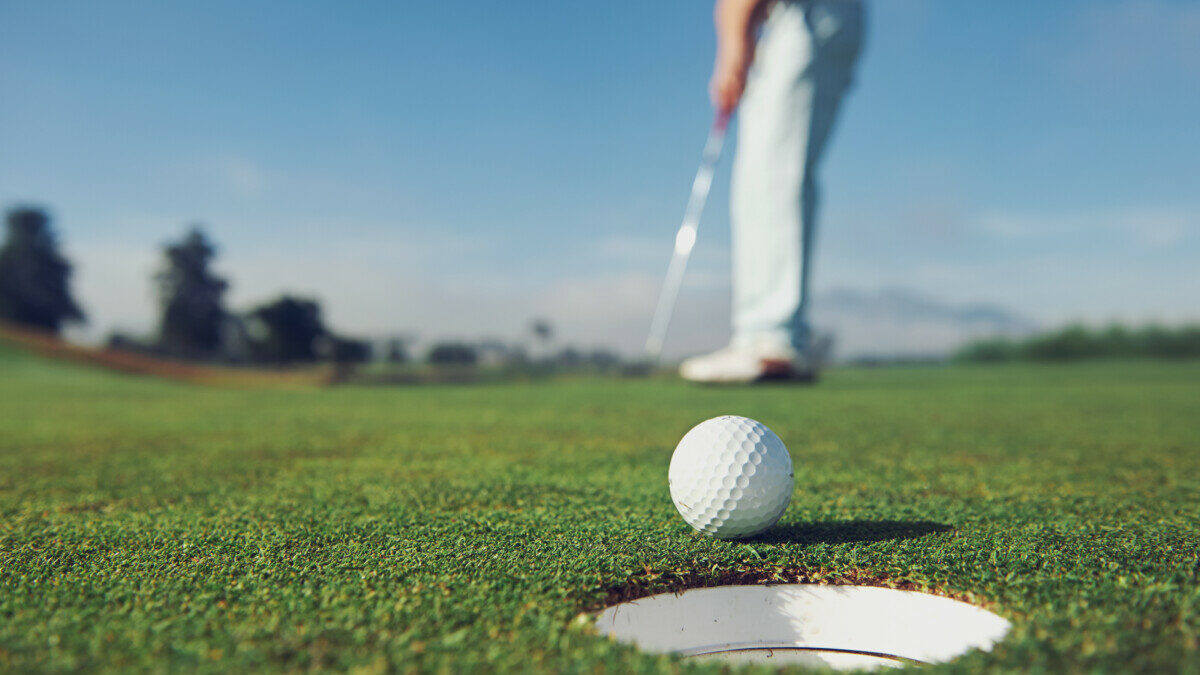

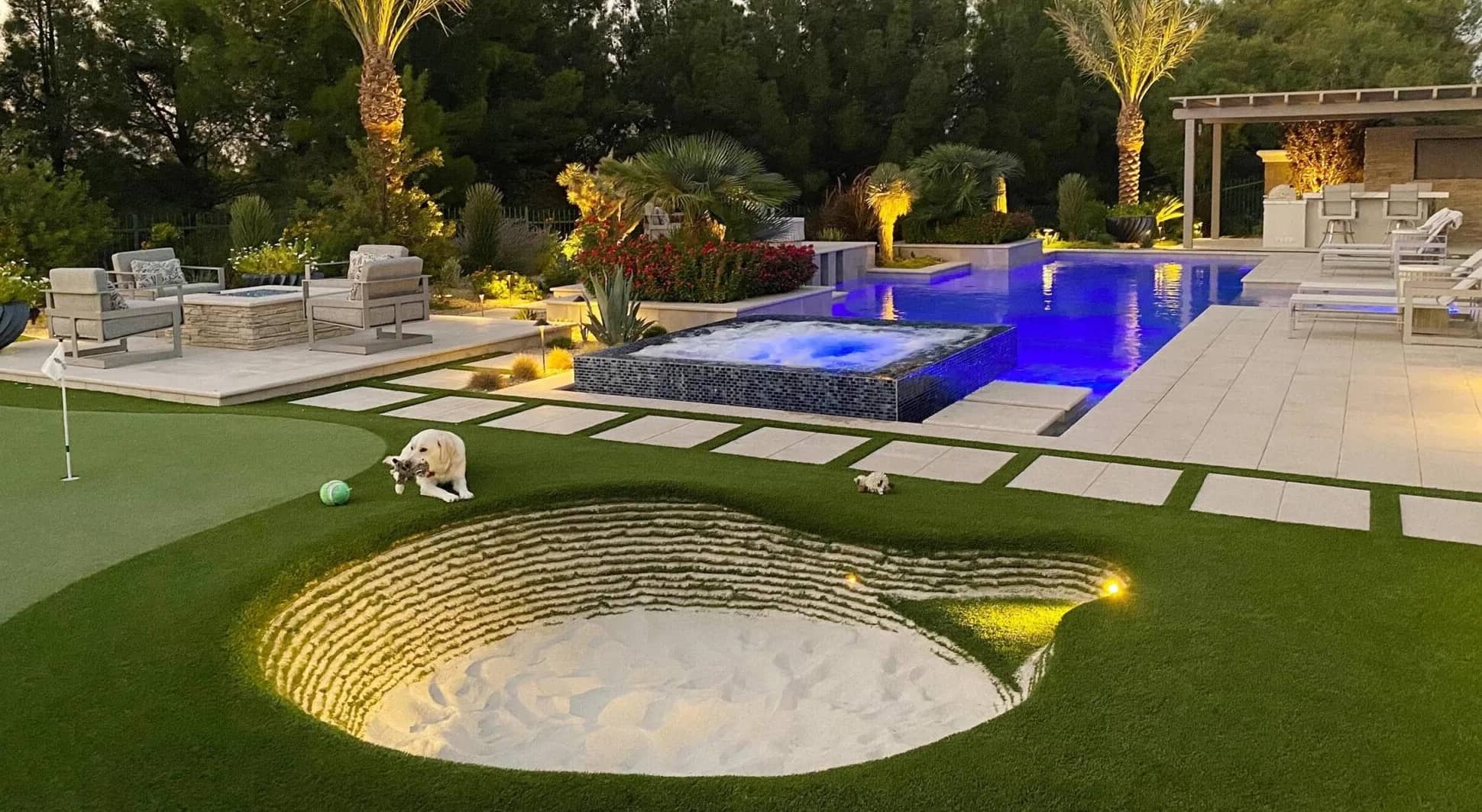
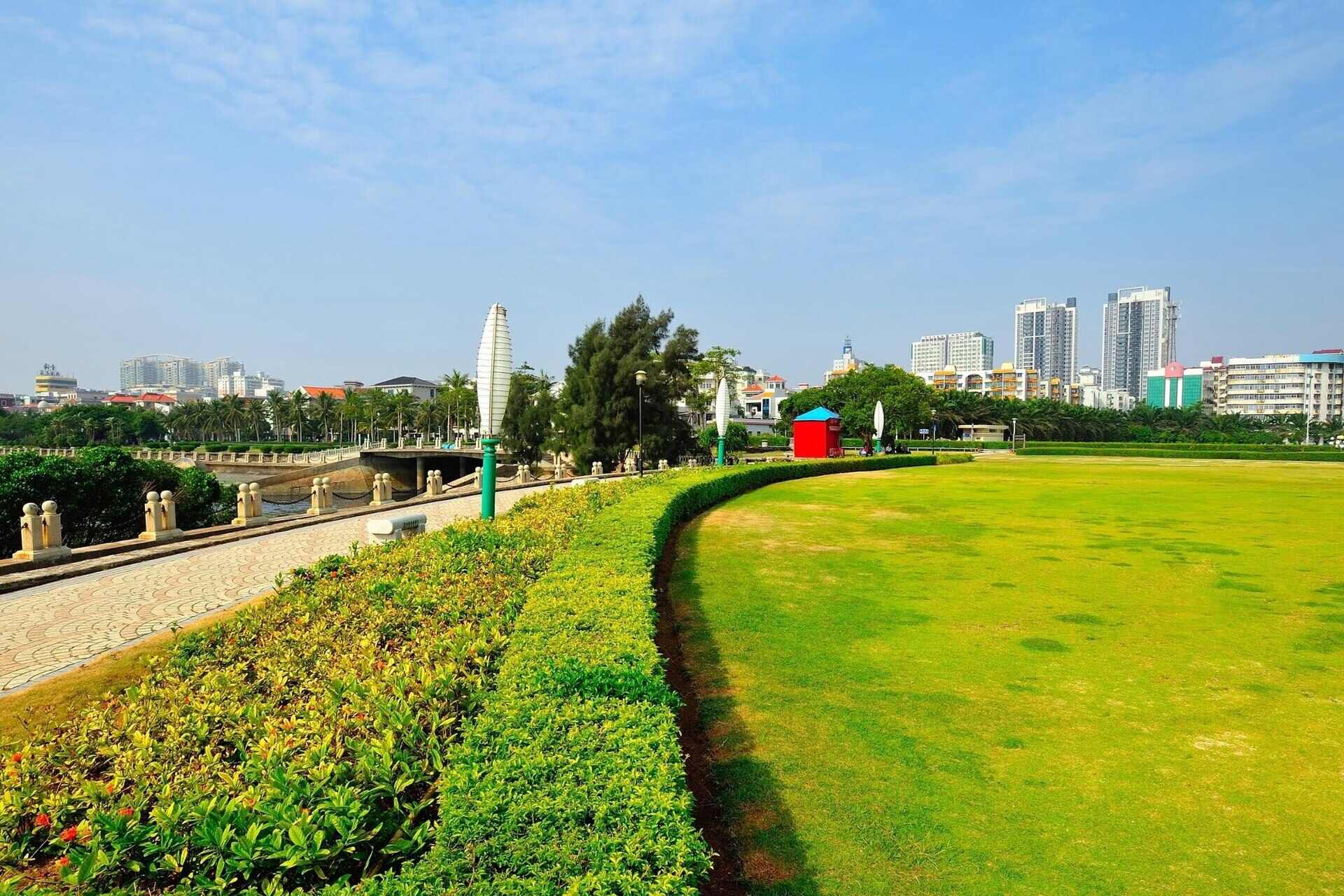
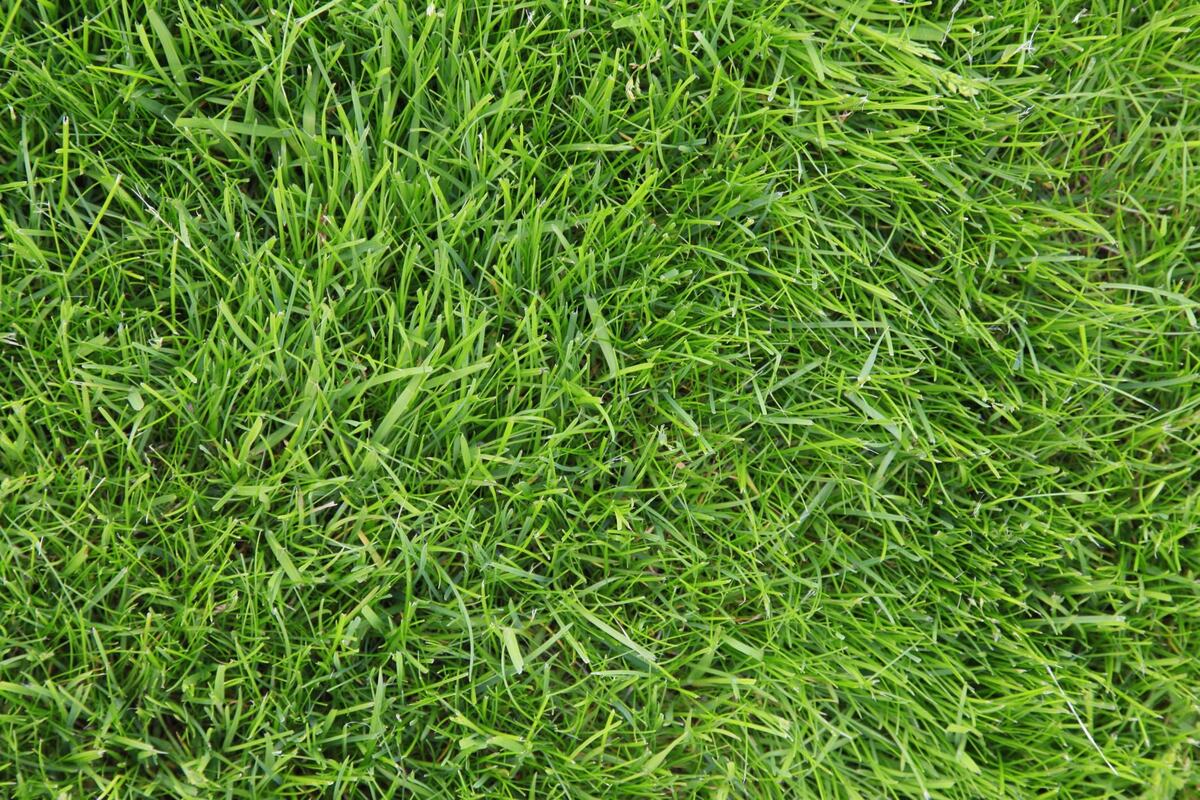
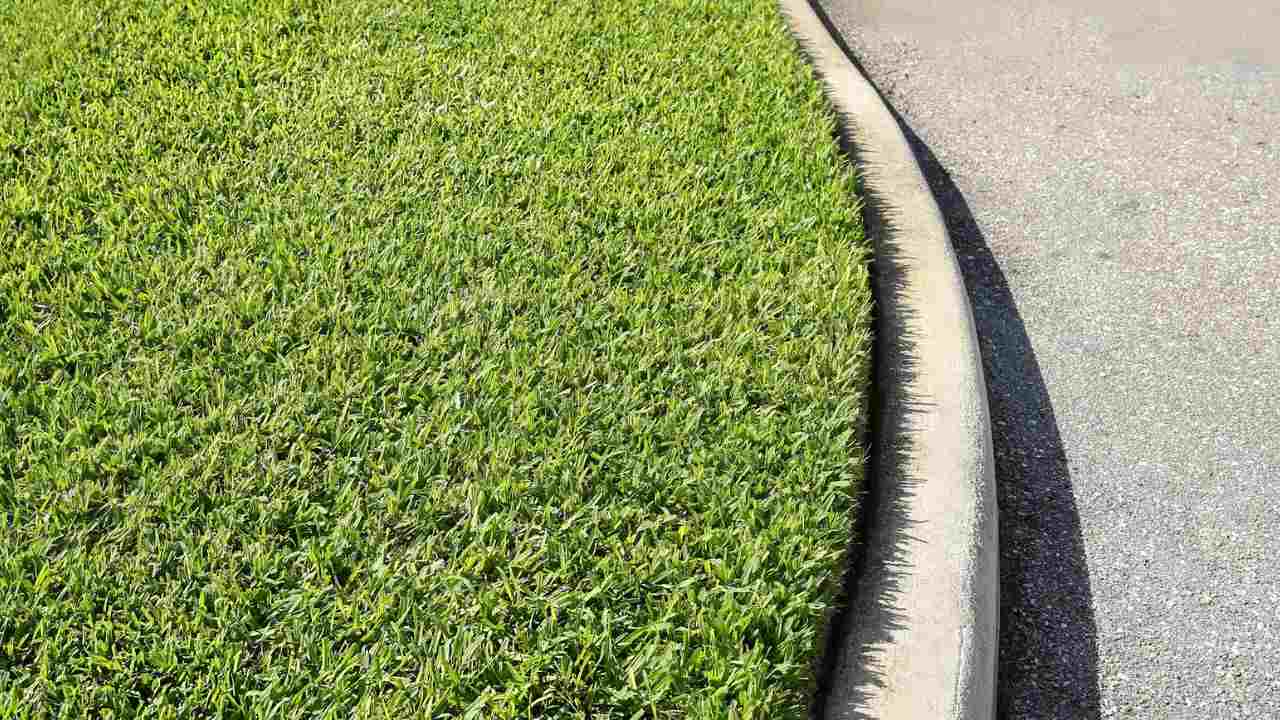
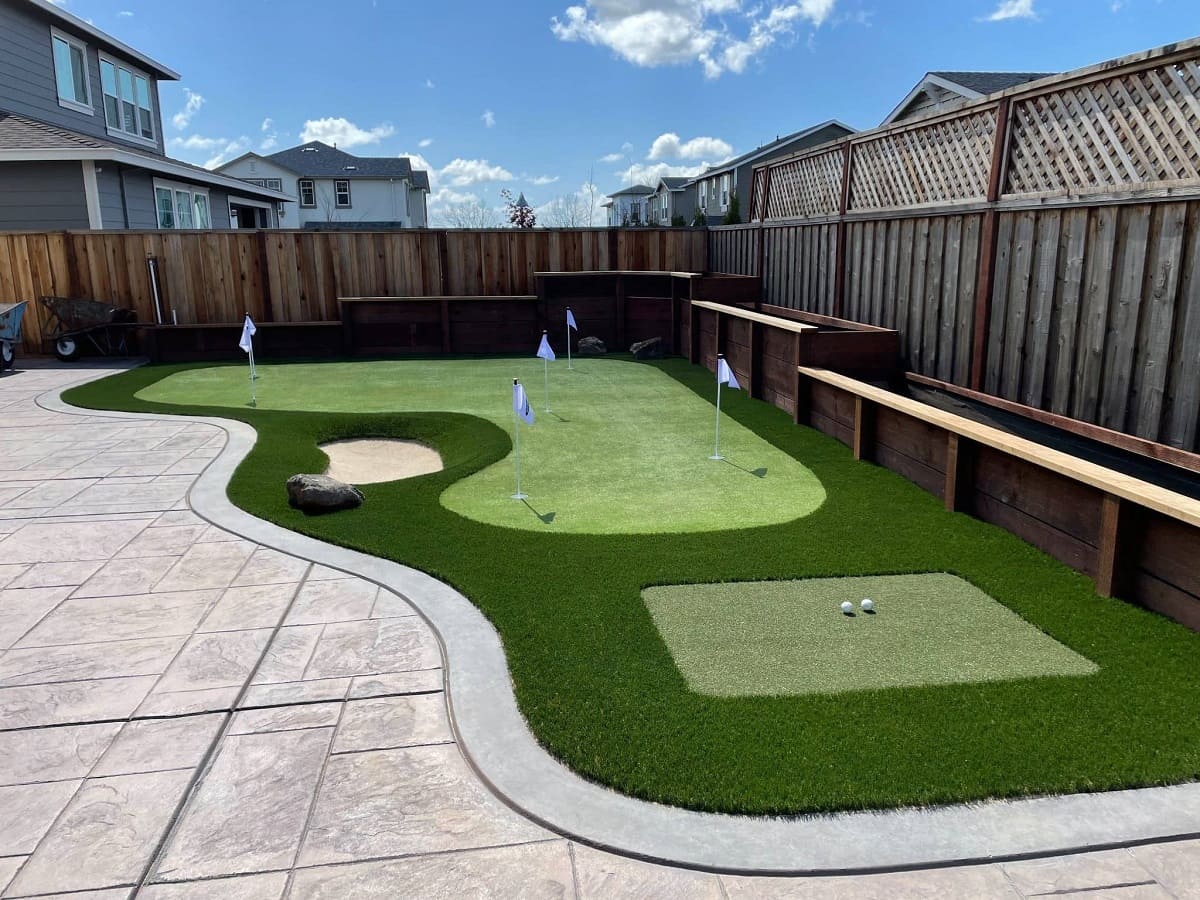
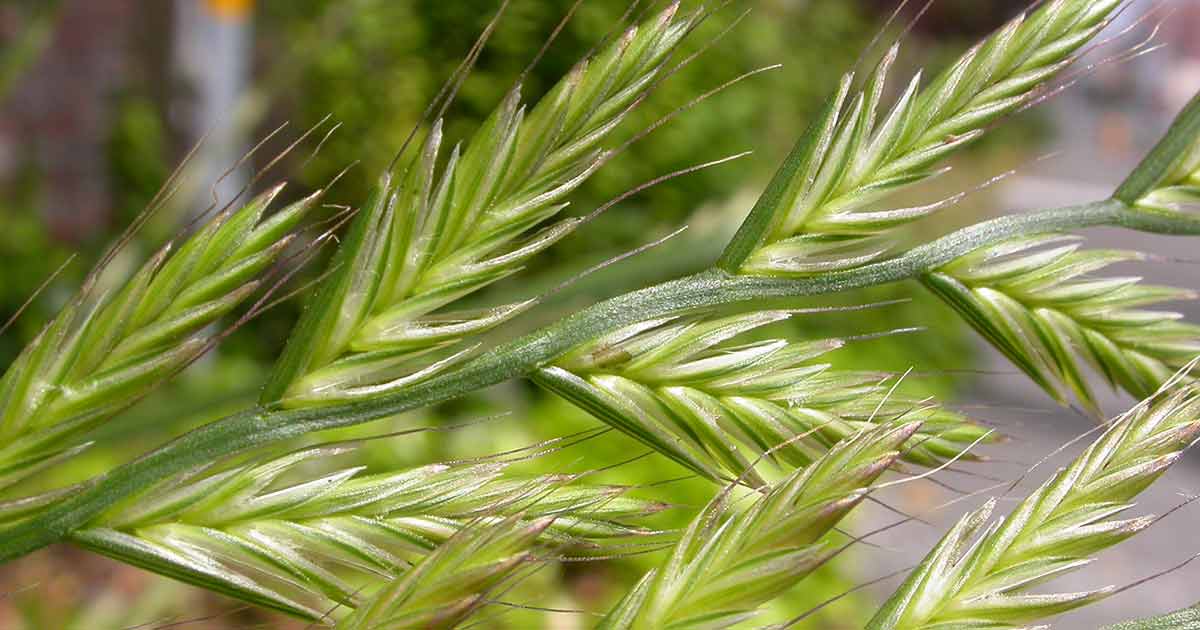
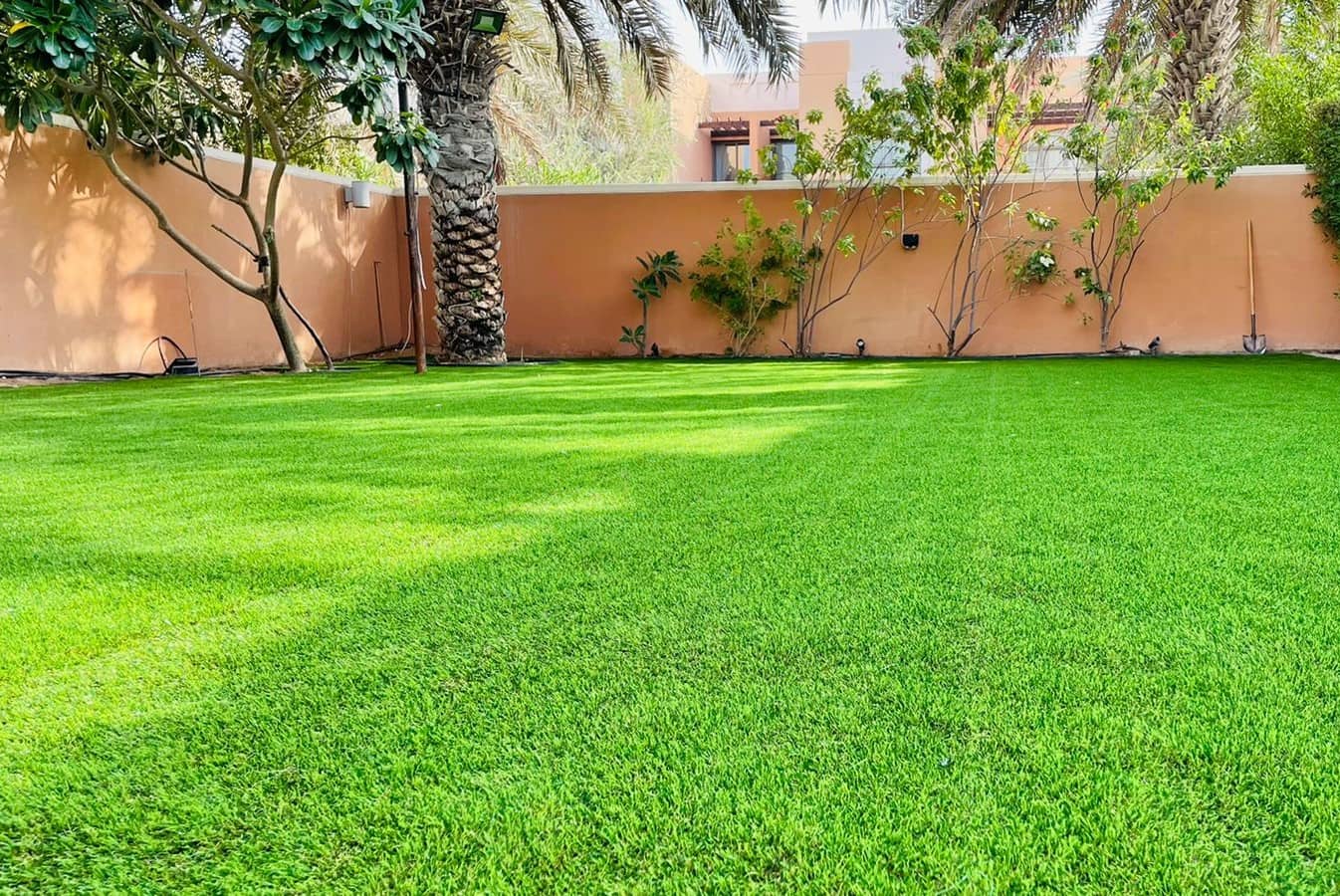
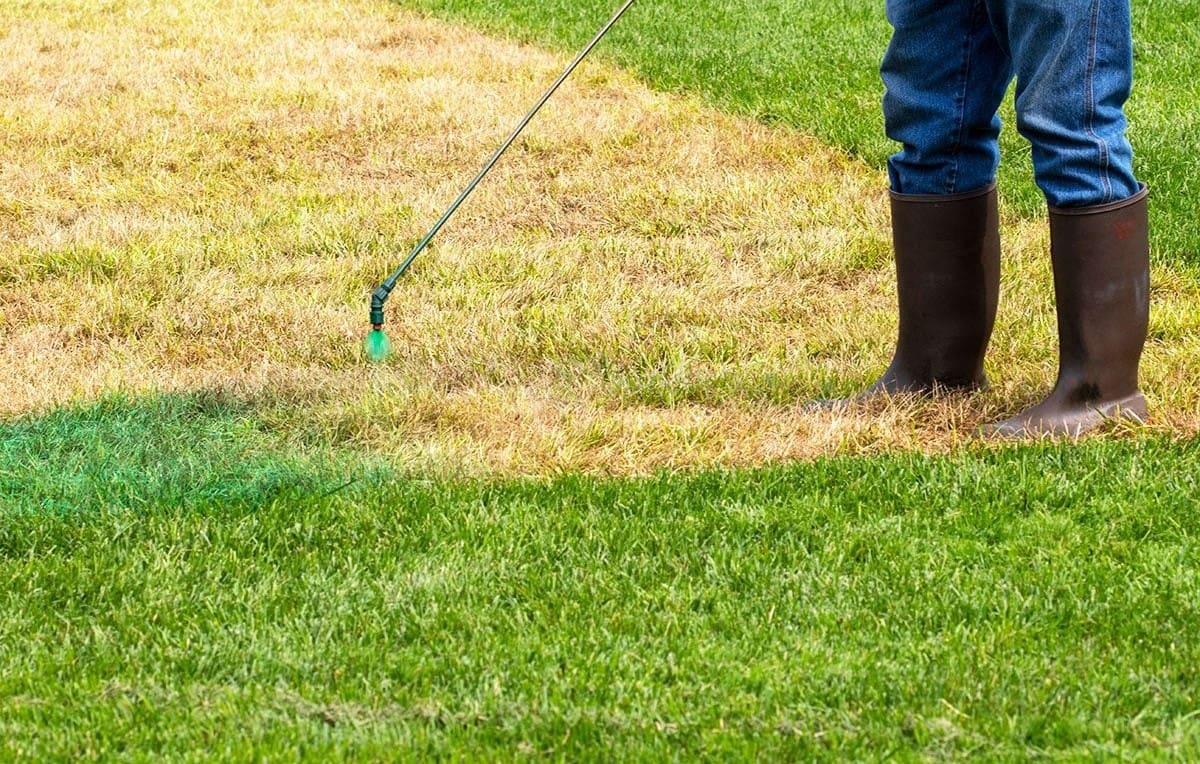
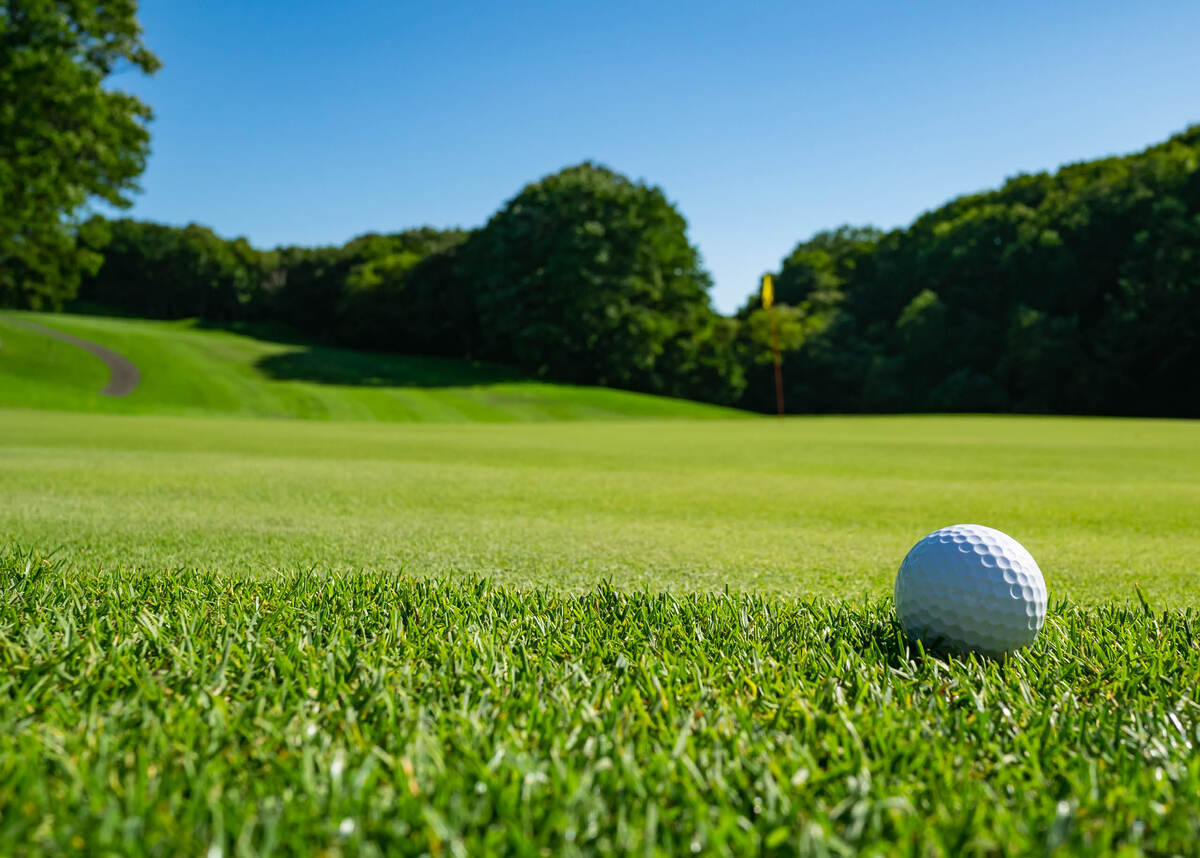
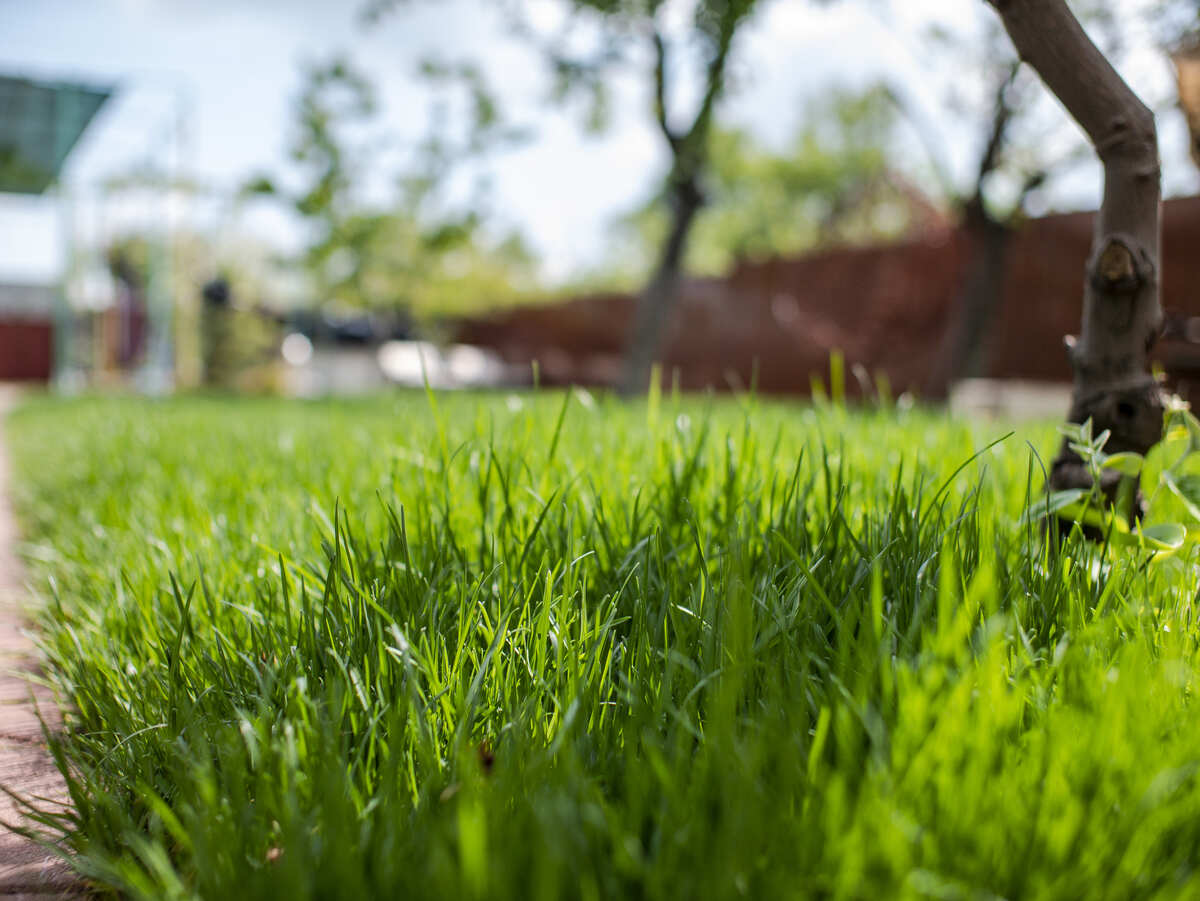
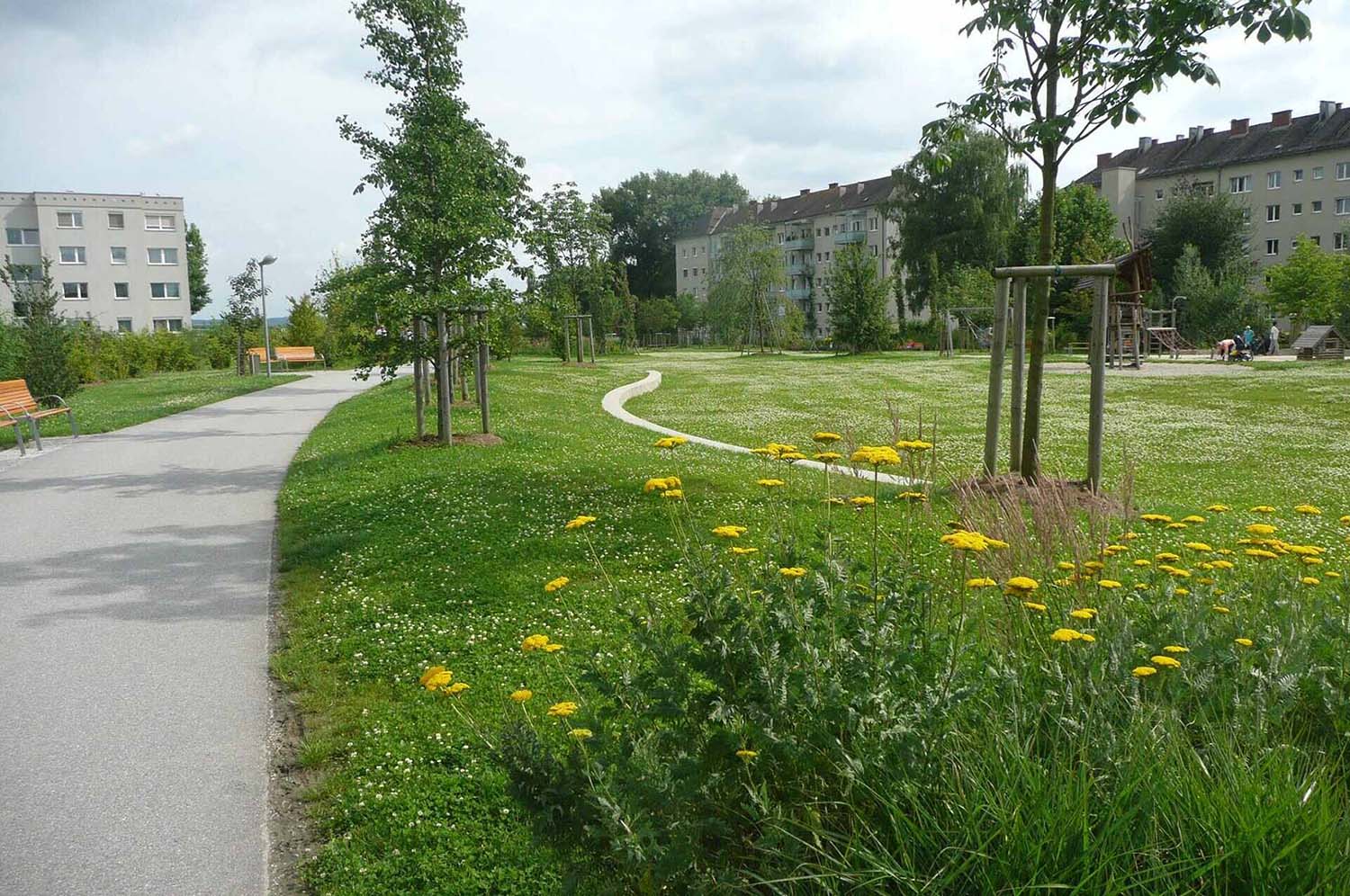

0 thoughts on “What Type Of Grass Is On A Putting Green”